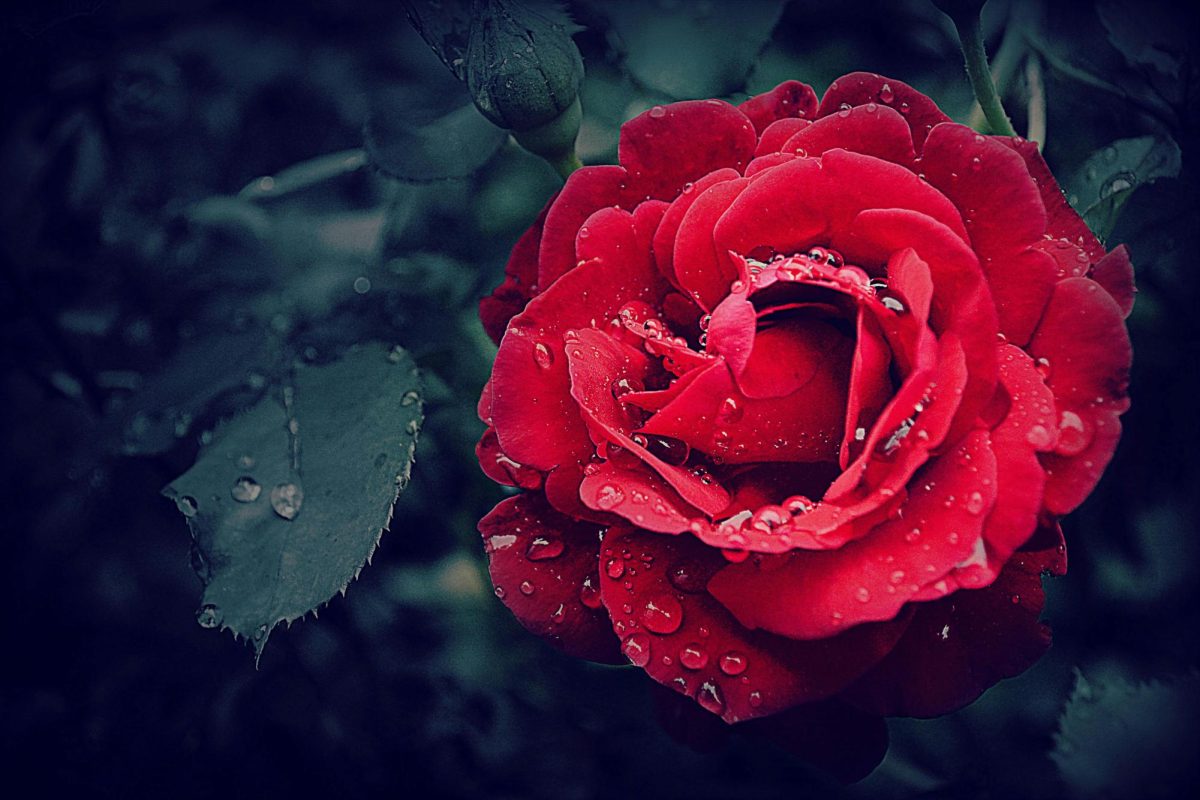April 23 marks the Catalonian holiday of Sant Jordi. It’s a celebration of love and legend, and it’s come to mean a great deal to those who recognize and honor it. But where did it come from? All holidays stem from some tale or story, and eventually throughout the years, the traditions change and the stories are forgotten by most. St. Jordi is from a story, but it’s from one so unique that it’s still a large part of how we celebrate it today.
The legend of Sant Jordi, or Saint George in English, is one of victory against all odds, and it dates back to the medieval period, as early as the 11th century. The tale begins in the town of Montblanc, the modern-day capital of Catalonia.
The story goes that as the populace of this small town were going about their daily lives, a towering beast of iron scales and razor claws came and shattered their once blissful peace. The dragon attacked the people, devoured their livestock, and demolished city structures. In desperate need of a solution, the people of the town came to the decision that they would offer up one human sacrifice a day, in order to appease the great monster.
This worked for a time, the townspeople having worked out a system of randomization, until one day the daughter of the king was chosen to be offered. Through great despair, the king sent her on her way to the cave in which the dragon resided. She entered the cave, resigned to her fate, until a dramatic turn of events saved her from a tragic demise. A young man bearing gilded armor and a lethal lance barged into the cave, and-by catching it by surprise- slew the terrible creature. From the crimson blood of the beast grew a magnificent rose bush. The young man, St. Jordi, picked a single rose off of the bush and gifted it to the princess. And from this story came the traditions we now honor every year.
One such tradition is the exchange of roses and books between loved ones. Originally, the guy would give the girl a flower, and she would give him a book, but it’s now become just a general idea, and gender is no longer important.
Due to the exchange of books, authors have begun setting up bookstands in public spaces, and book festivals are now a common part of how we celebrate.
It’s not just the traditions that this story has affected, but also the identity and history of Catalonia. “Sant Jordi, the patron saint of Catalonia since the 19th century, became the symbol of Catalan lands through the Renaixença, the Catalan Renaissance, a political and cultural movement to recover the symbols of Catalan identity,” the official Sant Jordi said.
This legend and the creation of its long standing traditions just goes to show that our words are what shape our lives. They change our history, they build our hope, and they guide the pen on the stories we have yet to write.





